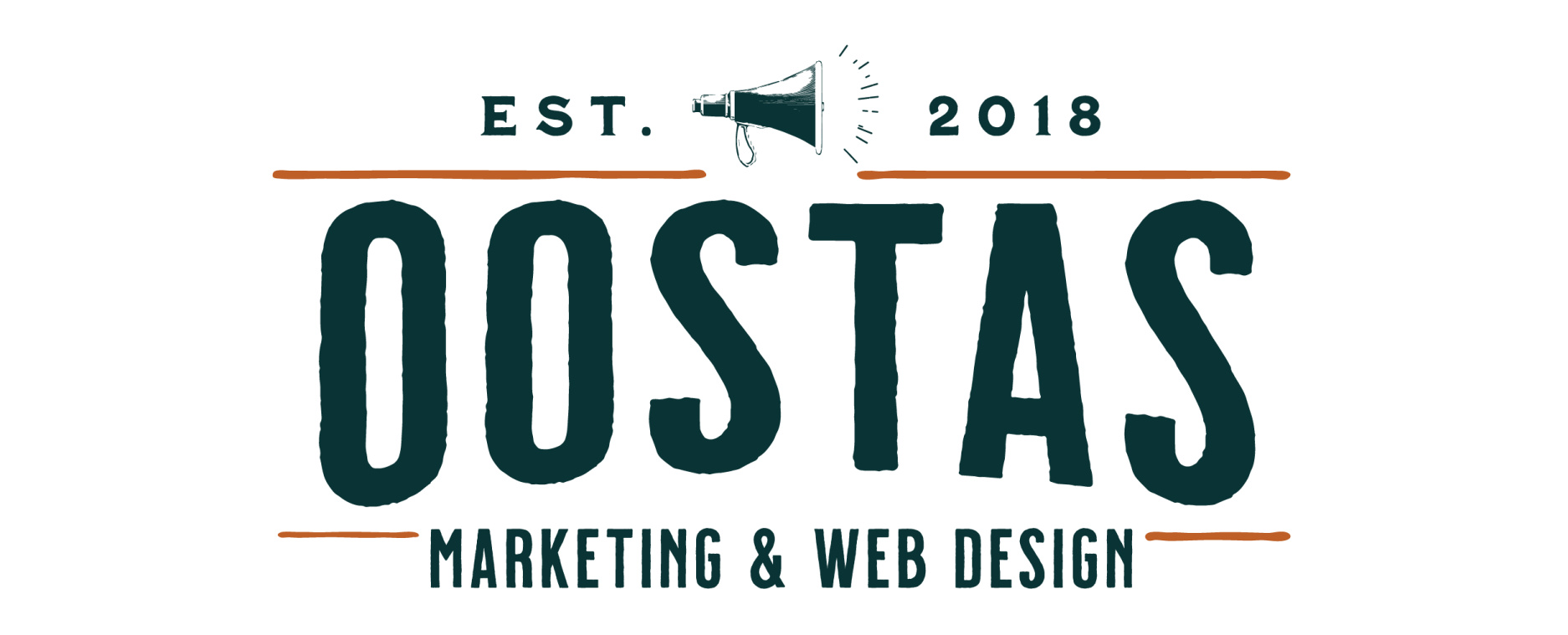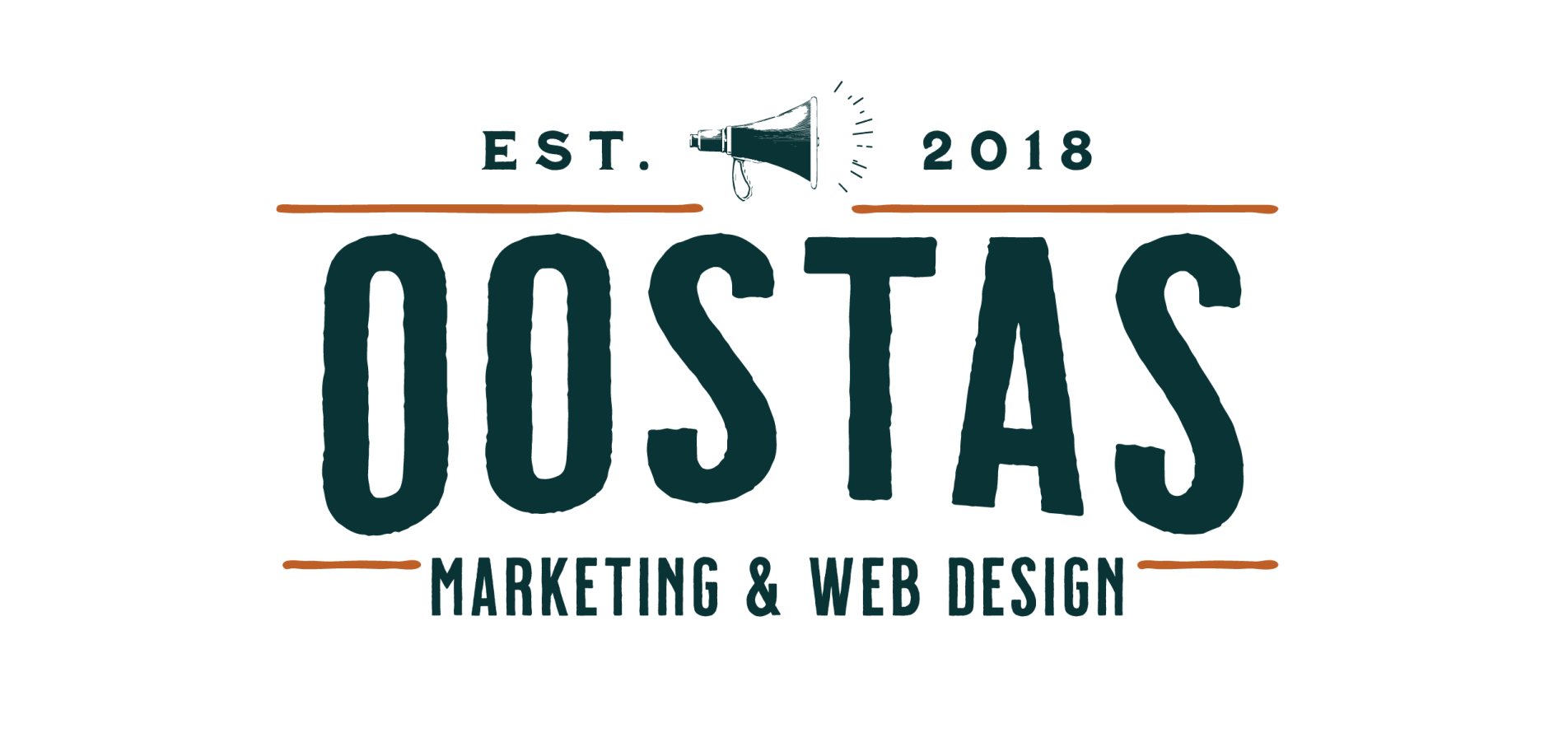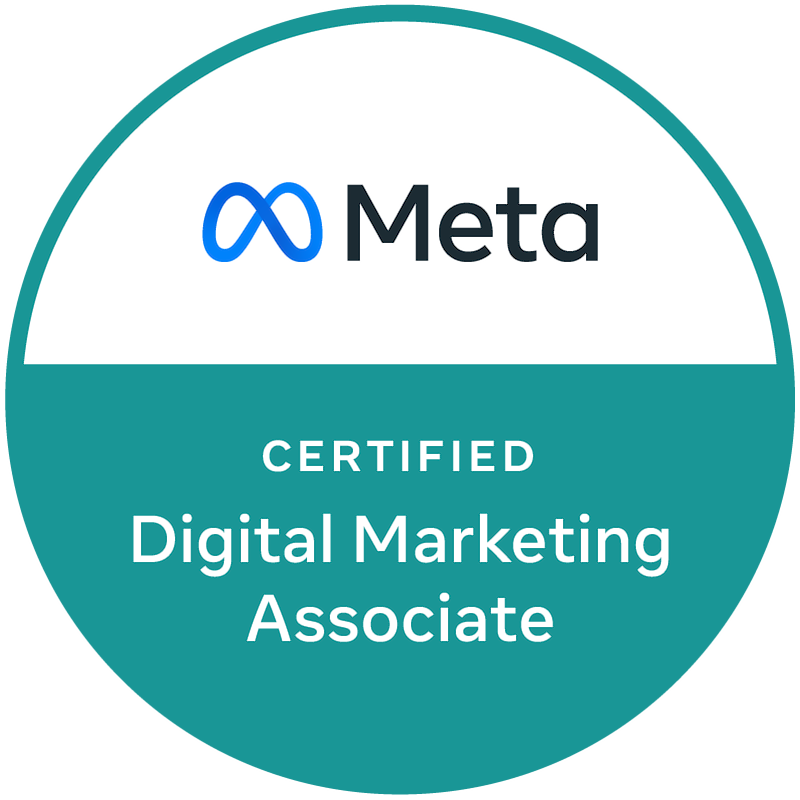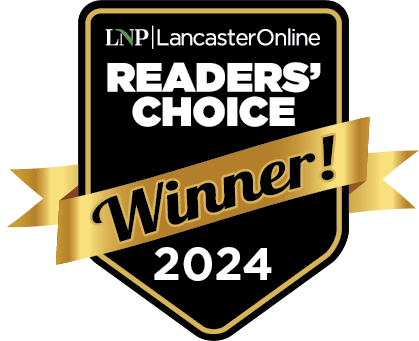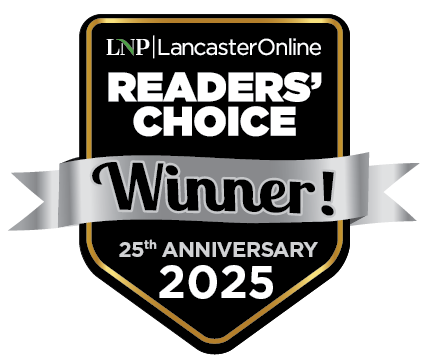Social media vs. PPC marketing for small businesses
Navigating the world of digital advertising and marketing can be daunting, especially for small business owners. With myriad options available, two of the most prominent are social media advertising and Pay-Per-Click (PPC) advertising. Each has its strengths and weaknesses, and the best choice often depends on your business goals and resources.
Immediate Sales vs. Brand Awareness
Consider leveraging PPC advertising for immediate sales boosts from a proactive audience actively seeking your product or service. Platforms such as Google Ads empower you to target users based on specific keywords they are searching for, ensuring that your ads appear when potential customers are actively seeking offerings similar to yours. This approach often leads to higher conversion rates and rapid sales.
On the flip side, PPC ads are typically tailored to reach users who are already searching for particular items, such as mailboxes or sneakers. When users hunt for a product, relevant styles are instantly displayed through PPC ads. On social media, individuals may come across ads for products they had not previously considered, including niche products or services that instantaneously capture their interest as they appear on their feed. Consequently, social media ads can impact both sales and brand visibility. Numerous individuals have stumbled upon cherished products through Instagram or Facebook ads!
Nevertheless, if enhancing brand awareness and engagement is your primary objective, social media advertising might be the preferable option. Platforms like Facebook, Instagram, and LinkedIn offer the opportunity to connect with a broader audience based on demographics, interests, and behavior. These ads are valuable for establishing brand recognition and cultivating a community around your business.
Ease of Setup
According to Angus McKenna of Fisher Digital, "If you’re new to digital advertising, you might find the simplicity of setting up a social media ad more appealing." Social media platforms offer user-friendly ad managers that guide you through the process, making it simple for even the most novice advertiser to launch a campaign.
On the other hand, if you have a team or are familiar with keyword research and display placements, PPC can be highly effective. Although PPC campaigns often require more in-depth knowledge and setup, they offer robust targeting options and detailed analytics, making it easier to optimize campaigns for better performance over time.
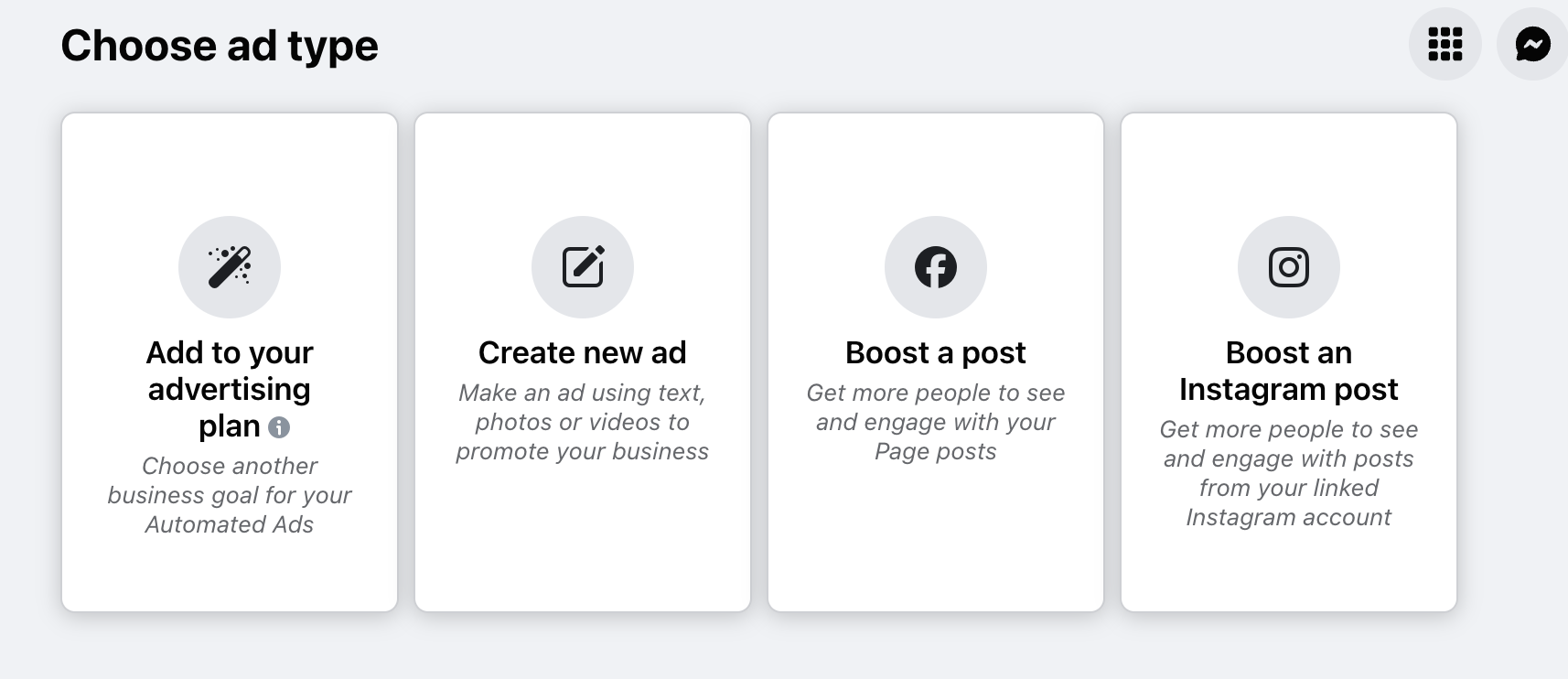
Cost considerations
Both social media and PPC advertising operate on a budget you can control, but the costs can vary widely. Social media ads tend to be less expensive, making them an attractive option for businesses with tighter budgets. However, because PPC ads target users with high purchase intent, you may find that the higher cost per click is offset by a higher return on investment.
Targeting capabilities
Social media advertising excels in demographic and interest-based targeting. You can reach specific groups of people based on age, location, interests, and even behaviors such as past purchasing activity. This allows for highly personalized marketing messages.
PPC, particularly Google Ads, focuses on keyword targeting. Your ads will appear when users type in specific search terms. This means you can capture potential customers exactly when they’re looking for your products or services.
Measuring success
Both advertising methods provide detailed analytics, but the focus differs. Social media platforms offer insights into engagement metrics like likes, shares, and comments, which can help gauge brand awareness and customer engagement.
PPC platforms provide data on clicks, conversion rates, and cost per conversion, making it easier to measure the direct impact on your sales and revenue. For businesses focused on immediate ROI, PPC's detailed performance metrics can be invaluable.
Design differences
When comparing the design of PPC ads and social media ads, key differences emerge due to their unique platforms and audience engagement strategies. PPC ads, typically found on search engines like Google, prioritize clarity and directness to capture users' intent-driven queries. They often feature concise headlines, a clear call to action, and keywords that align with searcher intent.
Conversely, social media ads leverage the visual and interactive nature of platforms like Facebook, Instagram, and LinkedIn. These ads focus on engaging imagery or video content, compelling captions, and social proof elements such as likes and comments to capture attention and encourage interaction in a more relaxed browsing environment.
Both types of ads aim to drive conversions, but their design principles reflect the distinct user behaviors and expectations of their respective channels.
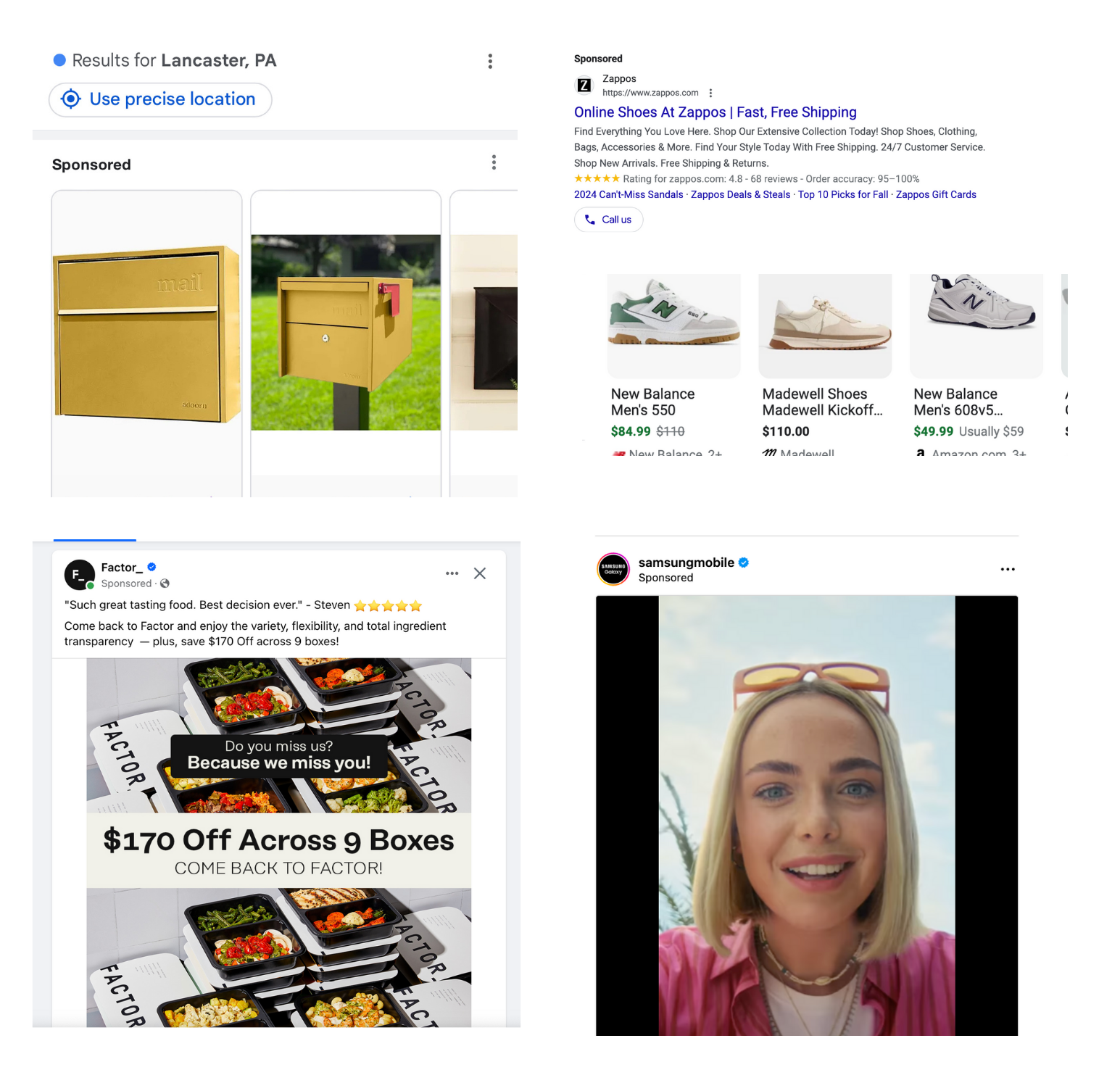
Solidify Your Small Business's Marketing Goals
Choosing between social media and PPC advertising depends on your business goals, resources, and experience level. If you’re looking for quick sales and have the expertise or team to manage it, PPC is a powerful tool. If you’re aiming to build brand awareness and engage with a broader audience, social media advertising is an excellent choice.
For small business owners, starting with social media advertising may be more straightforward and cost-effective. However, as you grow and become more comfortable with digital advertising, integrating PPC can provide a comprehensive strategy to drive both immediate sales and long-term brand growth.
Ready to take your business to the next level? Start experimenting with social media and PPC advertising to see which strategy works best for you. At Oostas, we can find the right strategy for your small business.
SEO Resources

